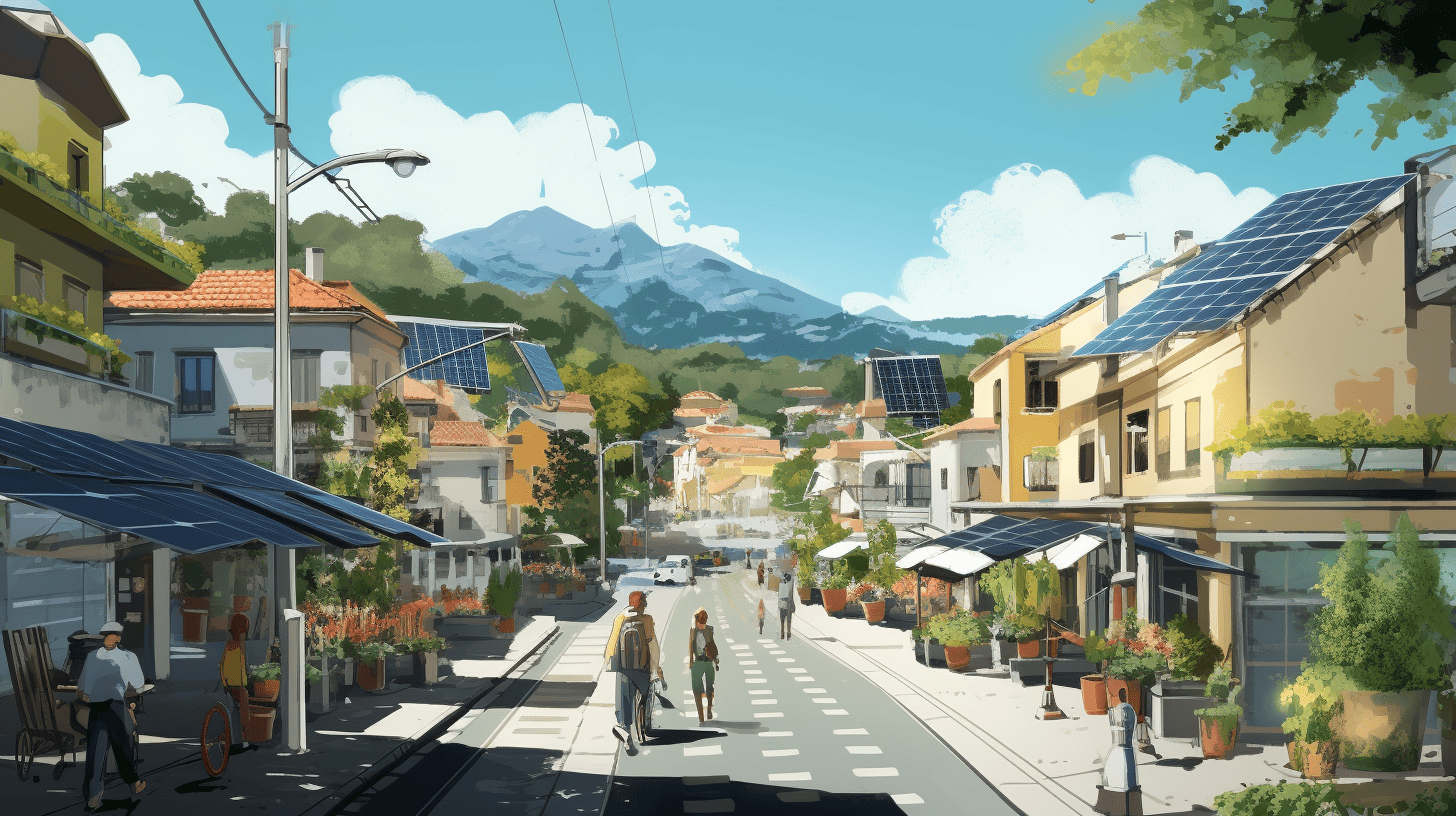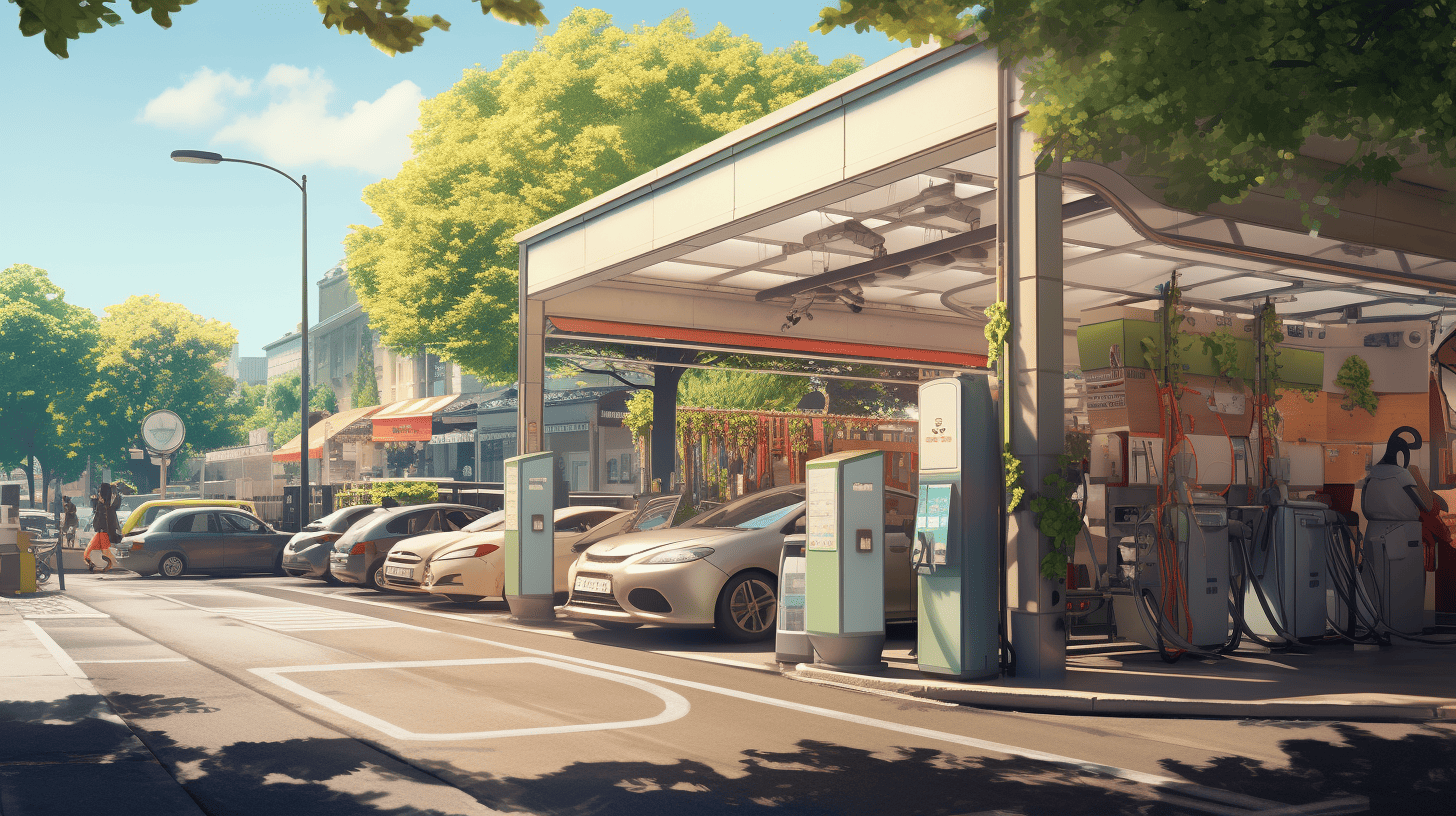
The increasing electrification in society leads to higher peak loads on the electricity grid. Some people are warning for an energy transition that is too fast. Others are hopeful for a fully electric future. In a report commissioned by the Dutch Topsector Energie program, more than 100 potential solutions are offered, all focusing on maximizing the capacity of the existing or upcoming electricity network to accelerate the energy transition. In a 12-part series, Innovation Origins spotlights the twelve most promising solutions. This is the final episode: Using the disturbance reserve in an alternative way.
- The Dutch Topsector Energy collected 100 ideas to solve the issues around grid congestion.
- One of the twelve most powerful ideas is using the disturbance reserve in an alternative way.
- By restructuring the disturbance reserve in alternative ways, more physical capacity (redundancy capacity) becomes available for regular electricity transport.
To ensure electricity supply, even when there is trouble on the grid, our electricity network is equipped with a disturbance reserve. It’s just like the emergency lane on a highway. In case of a route failure due to a malfunction or maintenance, the electricity demand in the subsequent network part is supplied via alternative routes. Without this disturbance reserve (the emergency lane), we would experience electricity outages more frequently.
The current disturbance reserve consists of unused physical infrastructure, just like the highway’s emergency lane. More physical capacity (redundancy capacity) becomes available for regular electricity transport by restructuring the disturbance reserve in alternative ways. Alternative disturbance reserves can primarily be achieved through demand control or feed-in. Yes, it’s exactly how an emergency lane is often controlled: it’s almost always available for buses and during rush hours, even for regular traffic. That’s demand control.
Non-critical consumption
Demand control can be stimulated by shutting down non-critical consumption. This is based on a ‘conditional capacity’ principle: connections can use the maximum capacity, except in disturbance situations. Specific non-critical consumption is reduced or shut down in such situations based on an agreement. Decentralized, controllable feed-in of electricity ensures the supply of electricity. This can theoretically be done with a static (redox) battery, but controllable generation based on (renewable) fuel is more likely. The possibility of using mobile or at least movable batteries can be explored. Contractual agreements can also be made with generation installations that may be temporarily and/or partially disconnected in certain cases.
Effects
Firstly, the alternative disturbance reserve helps limit the impact of a disturbance, especially in congested areas. The physically available disturbance reserve is limited in these areas, and a disturbance has a more significant impact. Secondly, by using an alternative disturbance reserve, a smaller redundancy can be maintained, and a more significant portion of the capacity can be used for regular electricity transport. This applies to both existing and future networks. The ‘conditional capacity’ principle in demand control can also be used more broadly than just for disturbance situations. It can also be priced differently, with corresponding new contract forms. This allows business users to restructure their backups differently than via the network.
Current laws and regulations allow network operators to organize alternative disturbance reserves themselves or through market parties. However, the extent to which this is done – including related changes in supply security – is the subject of discussion for the government, specifically the ACM (Authority for Consumers & Markets).
New storage capacity
For demand control, primarily laws and regulations need to be adjusted so that network operators can limit capacity on network parts or connections, offer new contract forms, or realize assets themselves. The use of disturbance reserves (up to a certain level) in the high-voltage network is possible for the feed-in of sustainable generation, provided that the feed-in can be limited in case of a disturbance.
The implementation of alternative disturbance reserves could be achieved by realizing generation or storage capacity by the network operators. Alternatively, disturbance reserves can be purchased from market parties, similar to how TenneT does for reserve power. It can also be contractually established via new contract forms. The network operator can also engage a third party to realize the generation or storage for use in the function of the network operators. In any case, it must be ensured that network operators do not disrupt the market with these activities, and market parties must be compensated for their contribution.







